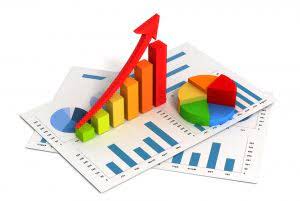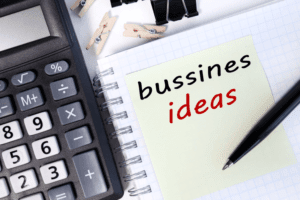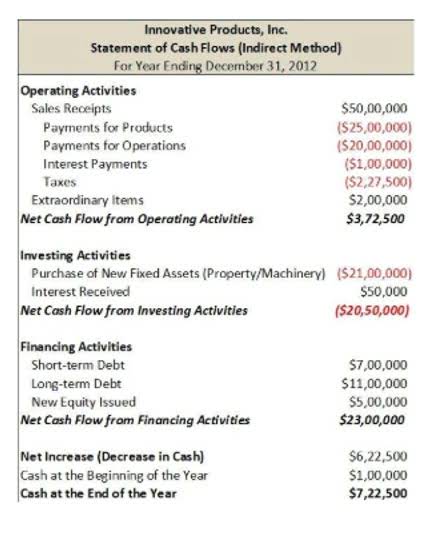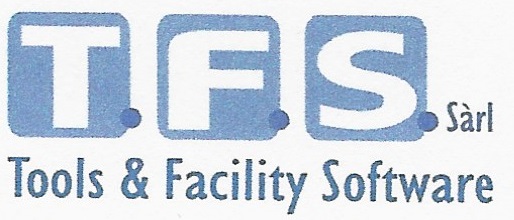
By listing and comparing the potential outcomes, decision-makers can see a clearer, side-by-side representation of the implications each option may carry. After normal balance all, there is no tool or framework that will substitute acquired experience. Notice that the tree is not making decisions on your behalf like RICE/ICE does, and that’s why this framework is excellent for group decision-making. When everybody is on the same page after seeing all possible outcomes of a decision, it’s easier to come to a consensus.

Why Use a Decision Making Model
- Thompson stated that in primary care, a significant portion of a clinician’s time with patients is spent figuring out if the symptoms presented align with a common condition or something more serious.
- By identifying and assessing the impact of each element on decision outcomes, decision-makers can make more informed and robust decisions.
- Plot these tasks on a two-dimensional grid with “Impact” on the vertical axis and “Effort” on the horizontal axis.
- This is a small collection of frameworks that I like to use and are not broadly available everywhere.
- However, with so many choices and potential risks, navigating the decision making process can be tiresome.
- Meanwhile, it is necessary to evaluate the content validity, which often requires interviews with patients.
- Another factor that requires an entrepreneur’s attention is their team/s, as teams play a critical role in the success of a startup.
Before BRIDGeS, we used to apply various discovery tools and frameworks to solve issues, ideate products, form strategies, etc. BRIDGeS has combined all the best from those solutions to help you handle complexity, set priorities, and solve your business or personal problem in just one session. However, settling on the best course of action is often easier said than done. When instinct and reasoning alone aren’t enough to pinpoint the best decision out of your available options, it can often be helpful to utilize a decision-making model. With the increasing availability of computer processing technology in the 70s and beyond, it became possible to further refine and adapt decision-making models. As such, more organizations began seeing themselves less as a set of isolated elements and more as a complex system of interrelated elements.
- However, the amount of time spent on information-gathering has to be weighed against how much you are willing to risk making the wrong decision.
- In contrast, irreversible, high-consequence decisions, termed as one-way doors, warrant careful consideration by senior leadership or small teams.
- Despite its pros, the option “Airplane” can’t be considered as the Traveler is afraid to fly.
- Innovation requires a fostering of innovative solutions through a culture that encourages brainstorming and creative solutions.
- One the more significant visual decision-making methods created at this time was the SWOT analysis model.
Gathering Relevant Information

A decision-making framework enables organizations to approach Food Truck Accounting complex issues methodically, leading to consistent and strategic choices. The utilization of technological tools and data analysis plays a pivotal role in modern decision-making processes. Each type requires a different approach, with strategic decisions often having the most significant impact and involving higher potential risks. Data product managers and analysts transform data into actionable insights, minimizing risks and maximizing opportunities for positive outcomes.
But, is RAPID right for every team? Not always

By using decision-making frameworks, individuals and organizations can increase their likelihood of making better-quality decisions. This classic framework involves a process where decision-makers identify the problem, collect information, consider alternatives, evaluate options, and choose the best solution. It emphasizes logical reasoning and objective analysis, making it suitable for decisions that require thorough evaluation. However, it is essential to balance this model with other decision-making approaches to address the dynamic nature of business environments. The S.P.A.D.E framework offers a systematic approach to decision-making that enhances transparency, stakeholder engagement, and the quality of decisions made within organizations. By following each phase diligently, decision-makers can navigate complexities, mitigate risks, and achieve outcomes that contribute to organizational success and sustainability.
- This model emphasizes inclusivity, equal participation, and the integration of diverse perspectives, making it particularly effective in team settings and organizational planning.
- Tasks that fall into the Quick Wins quadrant should be prioritized as they offer significant benefits with minimal effort.
- In the 18th century, Leonhard Euler came up with an impossible logical exercise about crossing bridges in Königsberg.
- We use the knowledge we’ve accrued over the course of our lives to make decisions every single day.
- Here’s a closer look at each of the seven steps of the decision-making process, and how to approach each one.
- An in-depth understanding of the decision-making process is vital for all managers.
Understanding value exchange to boost product success
Survey respondents noted that, on average, they spend 37 percent of their time making decisions, but more than half of it’s used ineffectively. This involves identifying the problem or opportunity and understanding the desired outcomes. Unlike the rational framework, intuitive decision-making relies on gut instincts and past experiences. It involves making decisions based on intuition and can be particularly useful in situations where time is limited or information is scarce. The rational decision-making framework is based on logical analysis and objective reasoning. It involves a step-by-step approach that includes identifying the problem, generating alternatives, evaluating and comparing the alternatives, making a choice, and implementing the decision.
- By using tools like Xmind AI, teams can create effective decision-making models that facilitate thorough analysis and enhance collaboration.
- I list this here because I’ve lost count of how many times I had to create a Golden Circle of my own to drive decision-making.
- This ensures that choices made are not only effective but also morally sound.
- DailyBot is the asynchronous productivity tool that integrates seamlessly with chat platforms like Slack, Google Chat, Discord, and Microsoft Teams, making it the perfect companion for remote teams.
- It’s well worth the time and investment to educate and train your team on effective decision making.

By acknowledging that not all variables can be controlled or predicted, decision-makers can focus on building resilience and agility within their frameworks to respond effectively to unexpected developments. To address this challenge, decision-makers can employ decision making framework techniques such as scenario analysis, risk assessment, and considering multiple perspectives to mitigate potential risks. The RAPID framework assigns specific decision-making roles, clarifying who has the authority to make decisions, while the RACI matrix defines who is responsible, accountable, consulted, and informed. Implementing a decision-making framework in a business starts with identifying the problem, followed by gathering relevant data. Transparency in these frameworks ensures consistency and collective understanding within the team. Entities equipped with these analytical tools are capable of forecasting trends with greater accuracy, thus refining their decision-making processes.
Listing Possible Solutions/Options

British product designer, Stuart Pugh, introduced a mathematical approach to ranking options with multiple characteristics (dimensions) and called it the Decision Matrix method. As with anything else, it’s worth thinking about the potential impacts to determine just how much deliberation and precision a decision actually requires. It’s tempting to think that decisions will work themselves out once they’re made.
